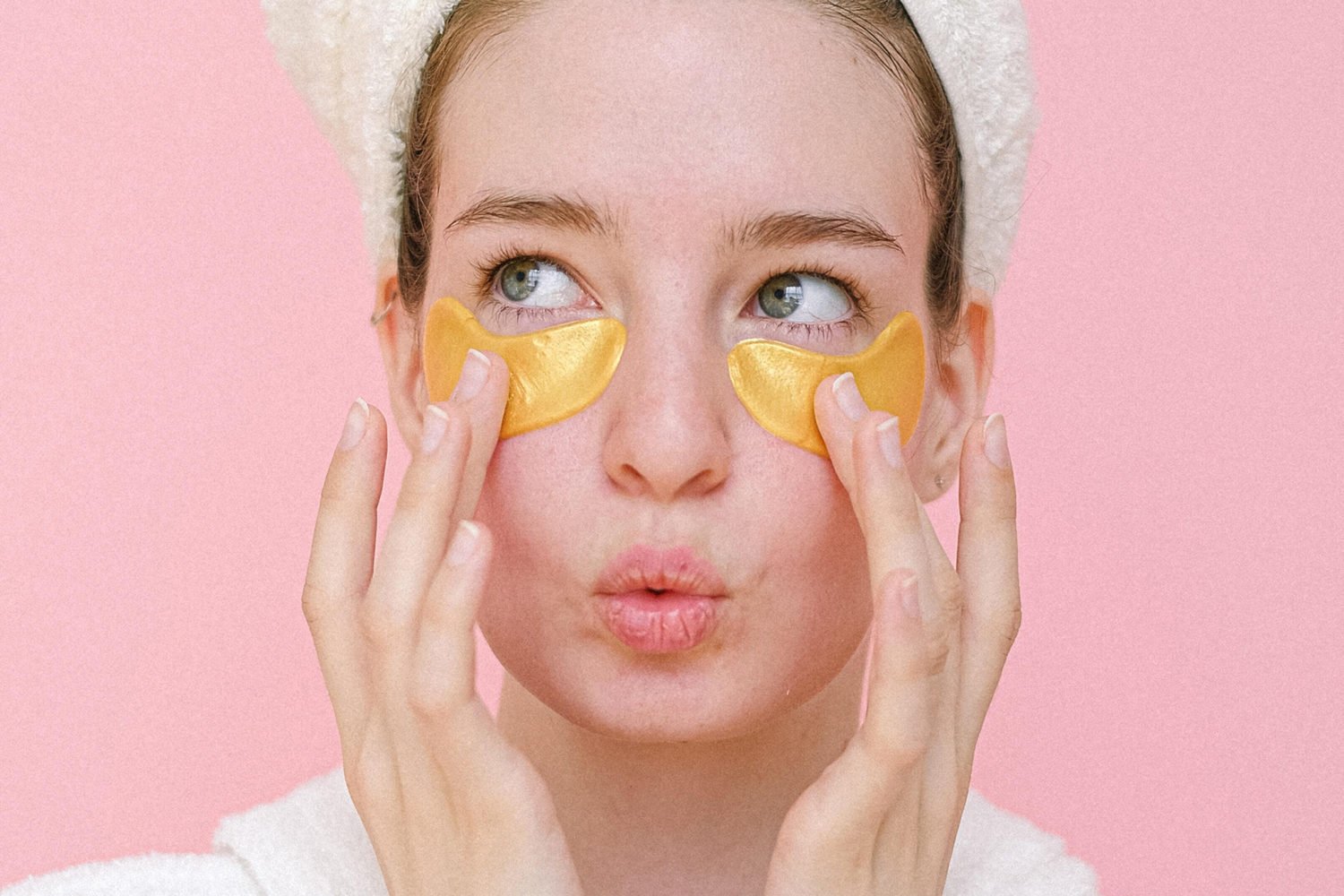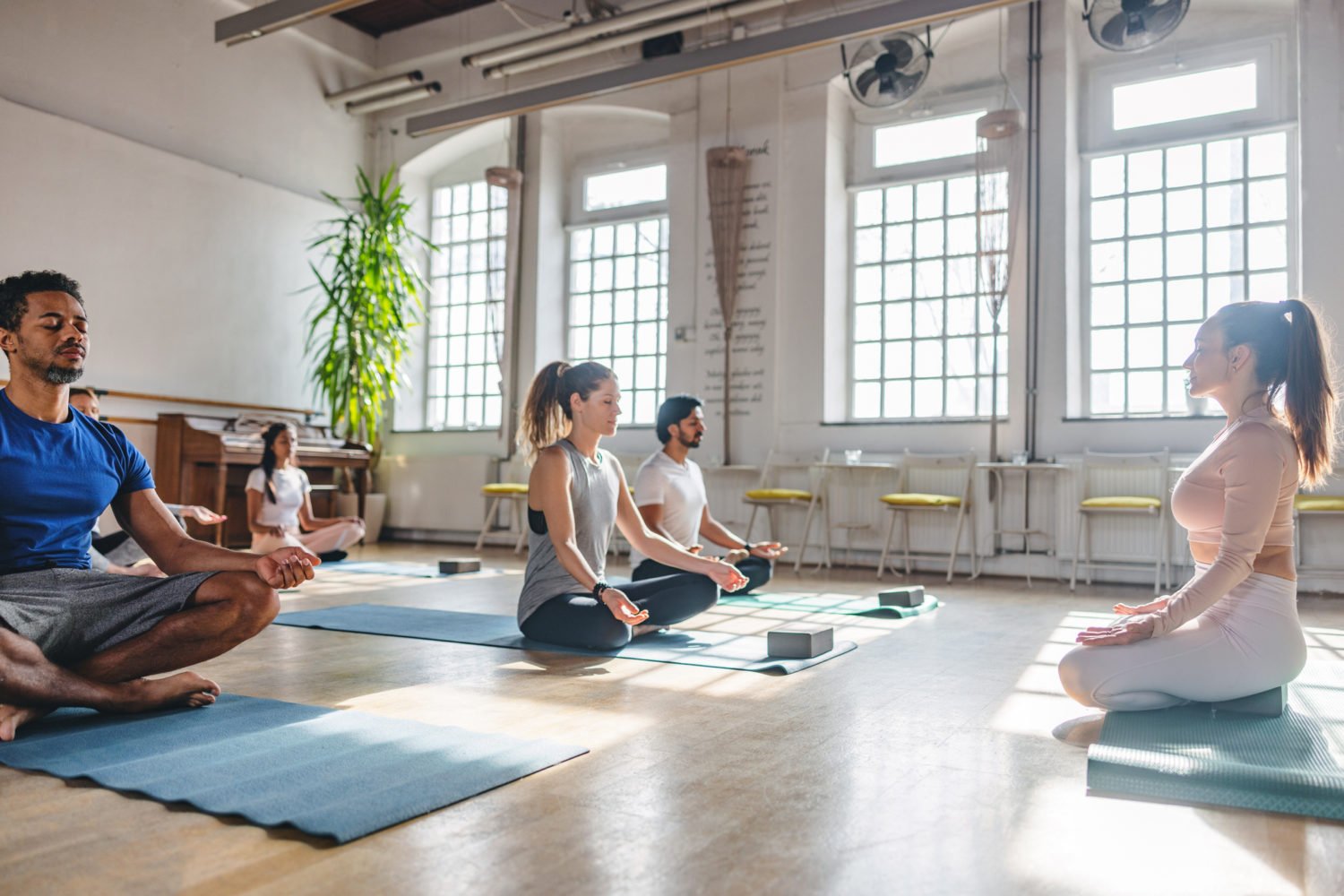A small study suggests that wearing minimalist running shoes, Vibram FiveFingers in particular, can lead to greater risk of bone injuries in the foot among runners.
The study, which involved 36 experienced runners, found that after a ten-week testing period, those wearing Vibram FiveFinger running shoes showed increases in bone marrow edema, or inflammation, compared with runners who wore traditional running shoes.
Researchers in Utah took MRIs of the runners’ feet at the start and end of the study. In the beginning, no runner showed signs of injury. Post-study, however, 10 of the 19 runners who wore Vibram FiveFingers showed signs of edema; a couple even had stress fractures.
Dr. Howard Osterman, team podiatrist for the Washington Wizards and Mystics, isn’t surprised by the study’s results. “If you had to ask what is the most common problem associated with Vibrams, it’s that we’re seeing more edema in our offices, as well as stress fractures of the metatarsals,” he says.
The reason? The injuries are a result of runners “doing too much, too soon,” says Osterman. “They toss their running shoes and in turn try to use these [minimalist shoes] as a substitute without building up to it.”
The researchers had the Vibram-wearing runners slowly transition into the shoes over the course of the study by instructing them increase their mileage gradually while wearing the shoes each week. Apparently a ten-week transition period still wasn’t long enough.
“If people are training too hard too fast, what’s happening is the bones are absorbing a lot of that stress before muscles get a chance to develop,” Osterman explains. “That’s what causing inflammation to the bones.”
Osterman, who does not wear minimalist shoes due to a history of knee problems, says the transition to minimalist shoes needs to be extremely slow. “Use them for everyday, low-impact activities like going grocery shopping or to the mall,” he says. “If that doesn’t seem to set off symptoms, slowly increase your time wearing them for athletics.”
The good news is that the growing market for minimalist shoes means barefoot running shoes like Vibrams aren’t your only option. “I think there’s a lot of positives in [minimalist] shoes that can help build muscle strength, where the shoe is not doing all the work,” says Osterman.
The full study was published in the official journal of the American College of Sports Medicine.













